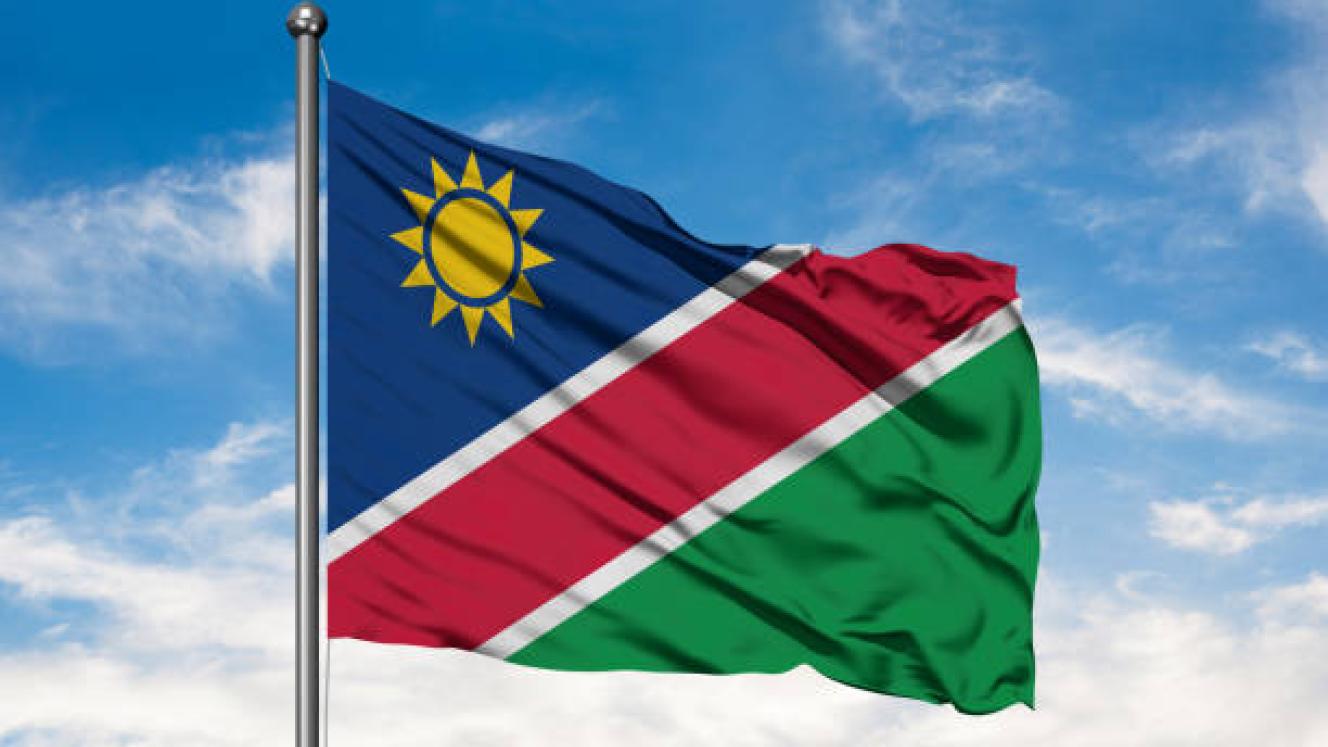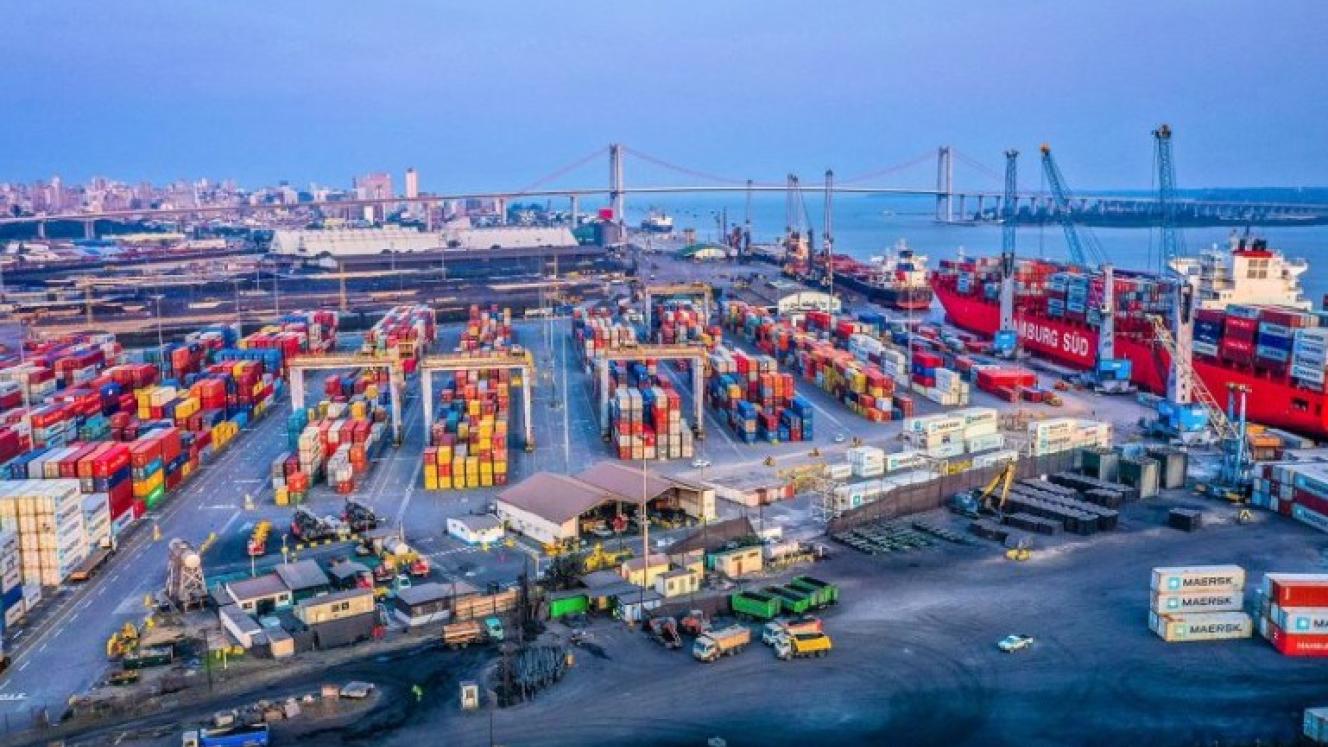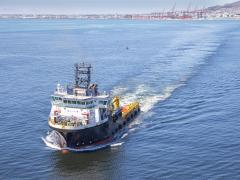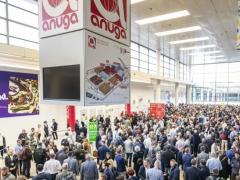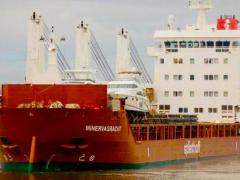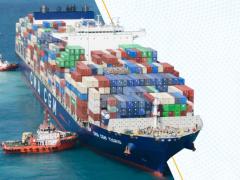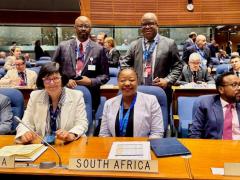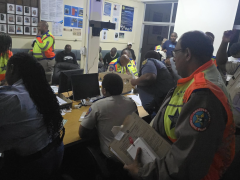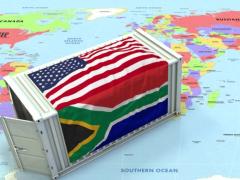It comes as no surprise that Namibia, as part of a national development plan to pitch itself as a logistics alternative to South Africa where hinterland and portside problems persist, has succeeded in persuading Zambia to use the Port of Walvis Bay over the Port of Durban for copper exports.
This after it has emerged that Konkola Copper Mines will be exporting 105 000 metric tonnes of copper via the Walvis Bay-Ndola-Lubumbashi Development Corridor.
Ever since massive expansive work was completed at Namibia’s primary port, various filial organisations, such as the Walvis Bay Corridor Group, have been working tirelessly to promote the various hinterland corridors towards Walvis.
Whereas Durban used to receive the lion’s share of shipments from the Copperbelt in Zambia and mines further north in the Democratic Republic of the Congo, supply-chain analysts have long since warned that violent road freight disruptions in South Africa are threatening this position.
It also doesn’t help that the Port of Durban has for years battled nagging issues: congestion, corruption under former president Jacob Zuma’s government, and a steady erosion in trade confidence about South Africa’s ability to sustain its dominance as a regional logistical leader.
Add in last month’s carnage in KwaZulu-Natal, where insurrectionist violence led to the wholesale destruction of logistical concerns, directly followed by the cyberattack on port and rail parastatal Transnet, and it’s clear as daylight why Konkola’s copper is going out via Walvis.
